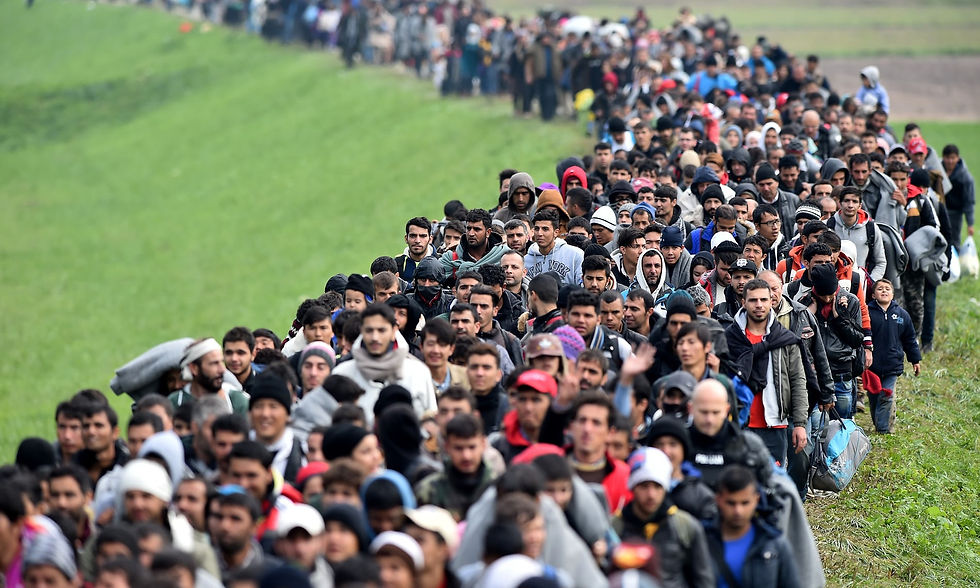Five myths about the refugee crisis
- 26 de jun. de 2018
- 2 min de leitura
The cameras have gone – but the suffering endures. Daniel Trilling deconstructs the beliefs that still shape policy and public opinion

Myth 1: The crisis is over
The refugee crisis that dominated the news in 2015 and 2016 consisted primarily of a sharp rise in the number of people coming to Europe to claim asylum. Arrivals have now dropped, and governments have cracked down on the movement of undocumented migrants within the EU; many thousands are stuck in reception centres or camps in southern Europe, while others try to make new lives in the places they have settled.
But to see the crisis as an event that began in 2015 and ended the following year is a mistake, because it obscures the fact that the underlying causes have not changed. To see it in those terms only gives the impression of a hitherto unsullied Europe, visited by hordes of foreigners it has little to do with. This is misleading. The disaster of recent years has as much to do with immigration policies drawn up in European capitals as it does with events outside the continent, and the crisis also consists of overreaction and panic, fuelled by a series of misconceptions about who the migrants are, why they come, and what it means for Europe.
The European Union has perhaps the world’s most complex system to deter unwanted migrants. Since the 1990s, as borders have come down within Europe, giving most EU citizens free movement and passport-free travel, its external frontier has become increasingly militarised. Amnesty International estimates that, between 2007-2013, before the crisis, the EU spent almost €2bn on fences, surveillance systems and patrols on land or at sea.
In theory, refugees – who have the right to cross borders in search of asylum under international law – should be exempt from these controls. But in reality, the EU has tried to prevent asylum seekers from reaching its territory wherever possible: by closing down legal routes, such as the ability to claim asylum at overseas embassies; by introducing penalties for transport companies that allow people to travel into the EU without the correct documents; and by signing treaties with its neighbours so they control migration on the EU’s behalf. And within the EU, an agreement called the Dublin regulation forces asylum seekers to apply in whatever country they reach first.
Leia mais no link: https://www.theguardian.com/news/2018/jun/05/five-myths-about-the-refugee-crisis








Comentários